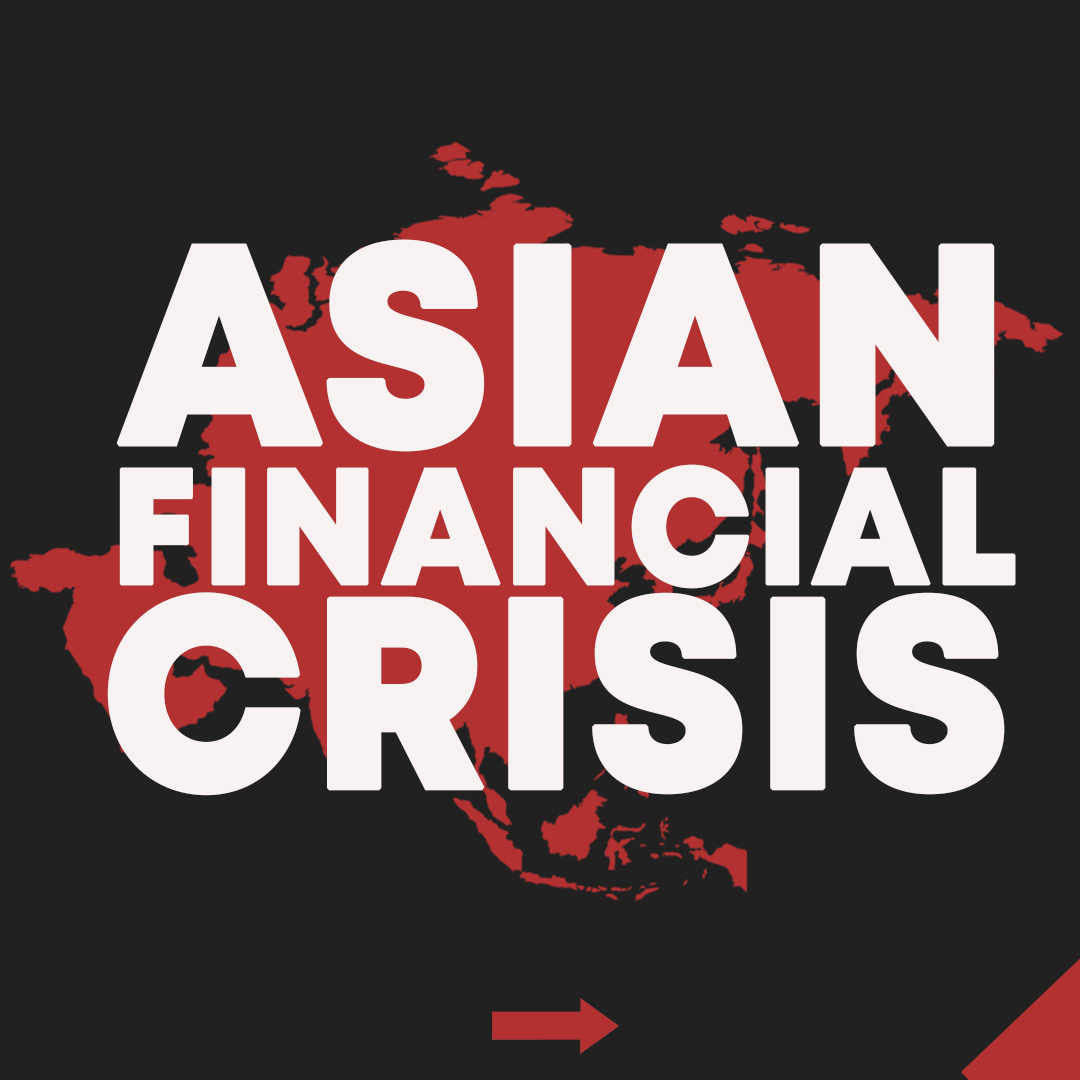Dear Clients and Friends,
When something happens that is completely unexpected, there are spontaneous reactions that try to explain the unexpected. Many of these reactions are later proved inaccurate, and over time the truth tends to bubble up from the stew of uncertainty and speculation. Almost by definition, a crisis is unexpected, and the lack of expectation catches everyone off-guard and vulnerable. From what I can tell, it normally comes down to investors being optimistic and ignoring risk – policy-makers following along and believing the investors understand the risk, and ultimately the public believes that investors and policy-makers understand and have control of the situation. Under these circumstances, the money flows like water: profits are made and borrowing typically exceeds sustainable levels, thereby creating an ‘economic fairy tale’. Most go along, ‘whistling past the graveyard’, as the signs of mortality are always present but often ignored.
Since the 1960s, the one area of the globe that has seen consistent explosive growth has been Asia. Anyone investing in these economies knows that growth can be outstanding and contractions are often violent and severe. Asia has used both cheap and efficient labor to gobble up the manufacturing of all types of widgets, and today many describe Asia as “The Worlds Factory” (sometimes this description is used for just China). But, in July of 1997, over 26 years ago, the Asian economy went through a Crises that no one had predicted; and by the end of the crises very few economies in the world were left unaffected. It all started in a tiny country knows as Thailand, and today we call this event “The 1997 Asian Financial Crises”.
From 1985 to 1996, the Thai Economy grew at near 10%, and the inflation rate was kept fairly low*, making it appear that Thailand was a sure bet for investors. When investors see opportunity, they dump capital into the geography hoping to front-run the growth and reap strong profits. However, the central banking authorities lost control of the currency in July of 1997 – removed the dollar peg, and the currency cratered, and the contagion spread all across Asia. Malaysia, Indonesia, and eventually Japan and Korea were deeply involved as currencies all over Asia plunged. What makes this crisis such an interesting case study is the fact that policy makers were essentially blindsided by the speed and severity of the contagion. During our Financial crises in 2008, some commentators harkened back this crisis to highlight the speed by which contagion can spread in a globalized financial system.
When the unexpected starts to happen, the money that was showering on the participants suddenly stops, and the mighty “unknown” takes over. This leads to fear, and fear leads to panic, and so the story goes. In the case of Thailand, a relatively small economy, their banking system and currency implosion lead to all types of distortions in adjacent economies and their systems began to fail. The interconnectedness of the global economy is not well understood, and the butterfly effects can largely go under-appreciated until the crises has subsided. Going forward, the focus might begin to shift back to Asia, and this time the ‘sick man’ of Asian might be China. There are some ominous clouds building on the horizon for both their financial system and their credit markets. While Chinese data is always suspect, from what I can tell the numbers are starting to look very concerning. Both youth unemployment and real estate development are in a funk, and the relationship with the US seems to be worsening. We should understand this and know the risks that could play out over the coming months and years if the economy of China begins to crack. The one thing we learn from our short history of financial crises, is that all investors will be affected by crises, but how they act during a crisis can be unpredictable. As Oscar Wilde so aptly noted, “to expect the unexpected shows a thoroughly modern intellect”.
The opinions voiced in this material are for general information only and are not intended to provide specific advice or recommendations for any individual. All performance referenced is historical and is no guarantee of future results. All investing involves risks including loss of principal. No strategy assures success or protects against losses.
The economic forecasts set forth in this material may not develop as predicted and there can be no guarantee that strategies promoted will be successful.
The Standard & Poor’s 500 Index is a capitalization weighted index of 500 stocks designed to measure performance of the broad domestic economy through changes in the aggregate market value of 500 stocks representing all major industries. There is no guarantee that a diversified portfolio will enhance overall returns or outperform a non-diversified portfolio. Diversification does not protect against market risk.

